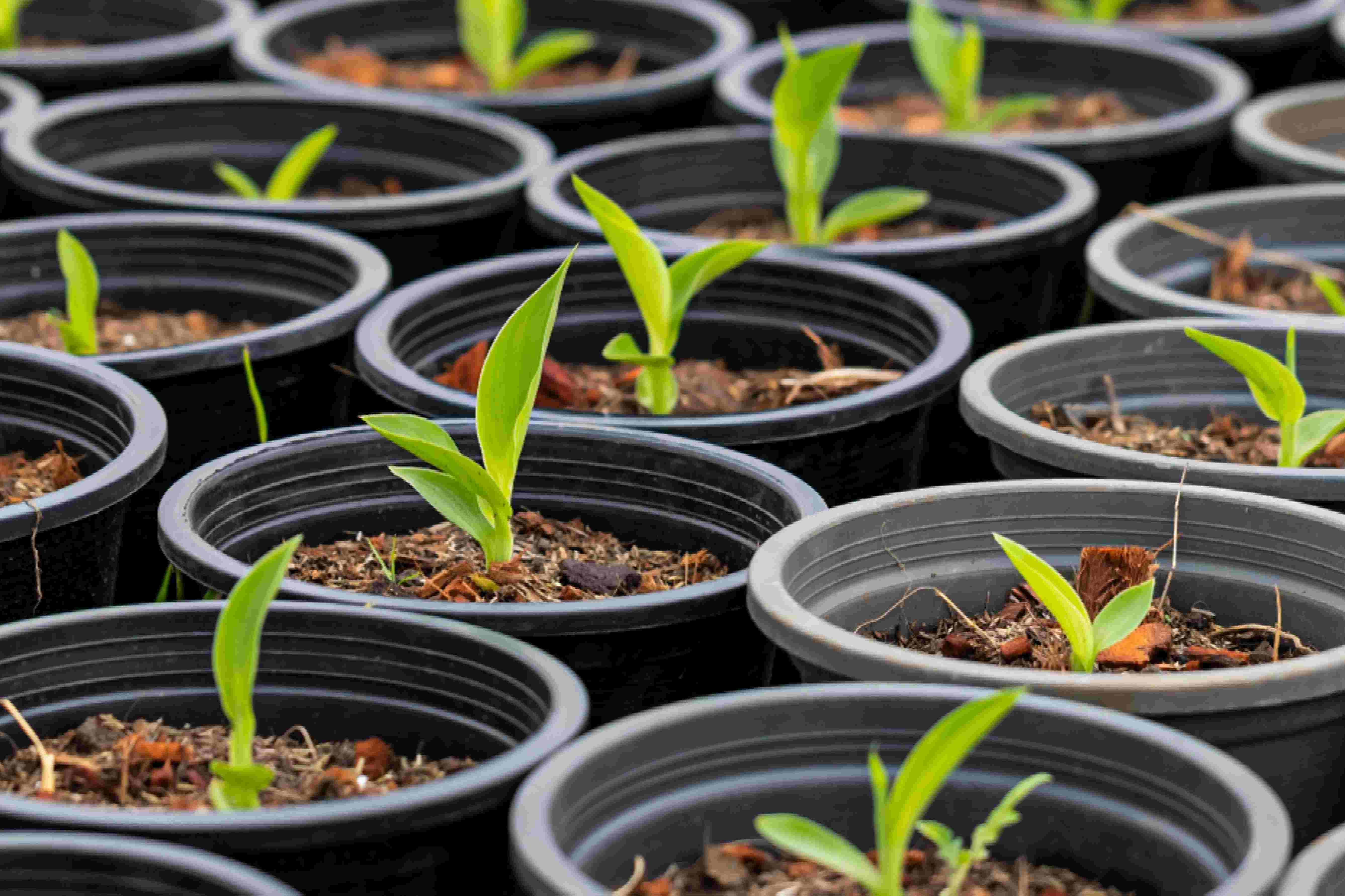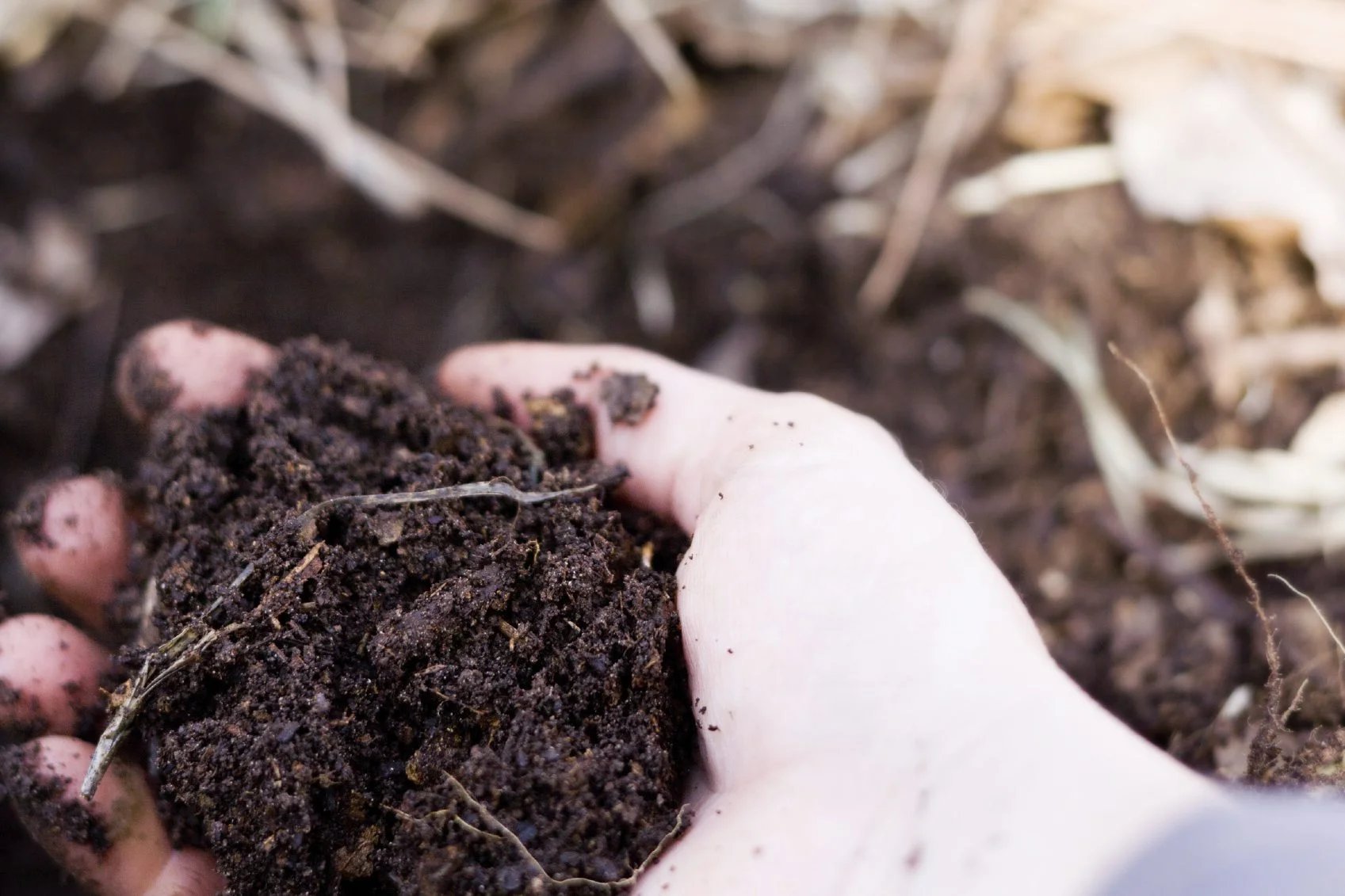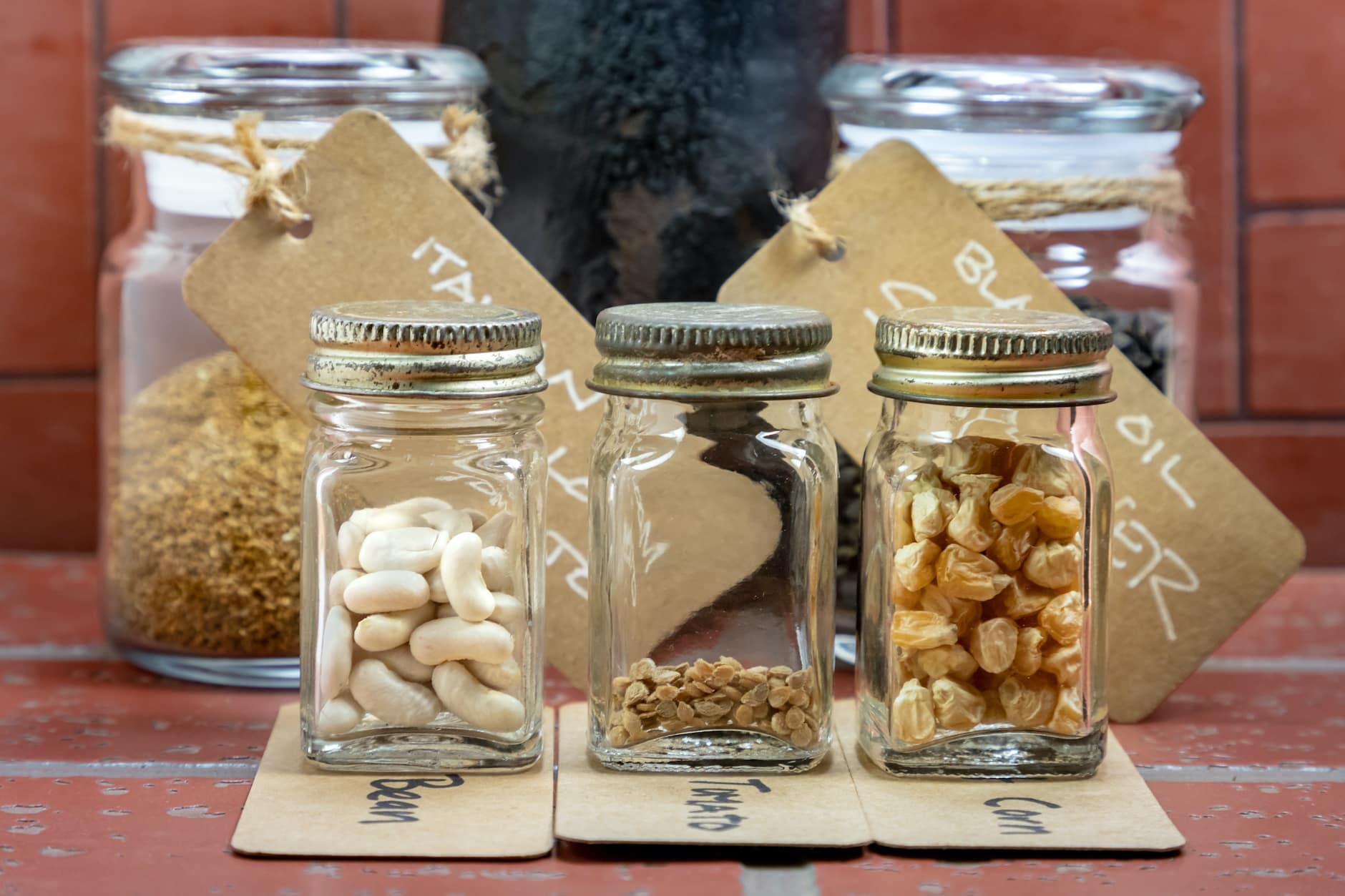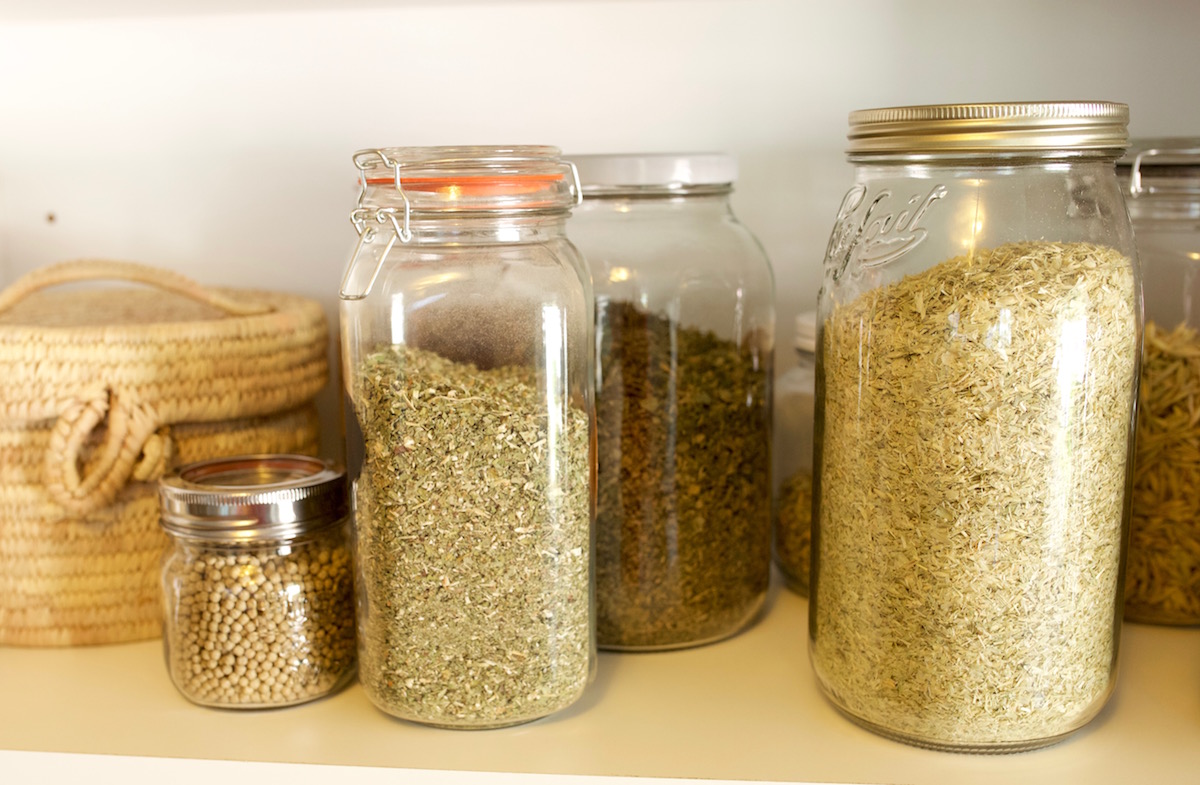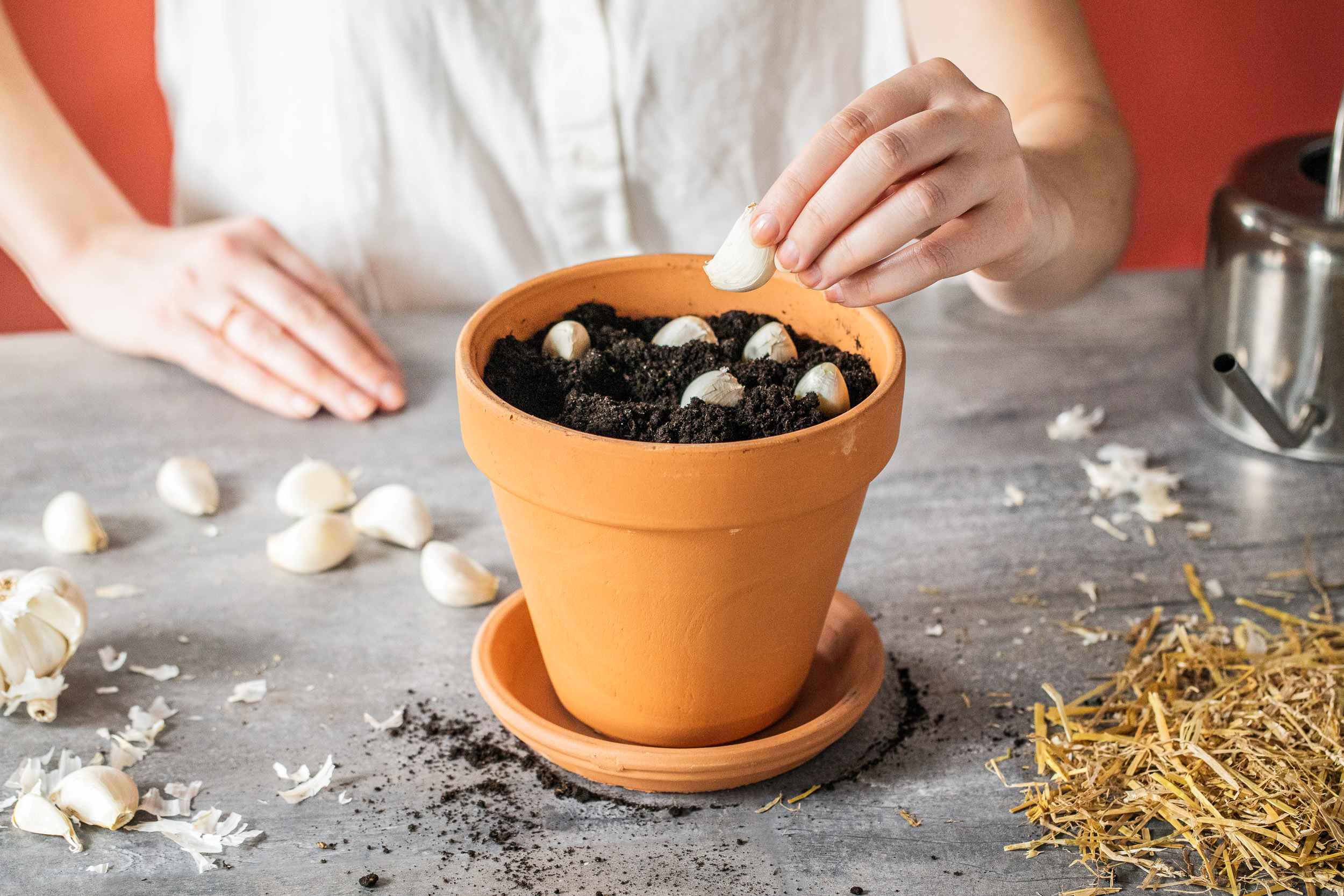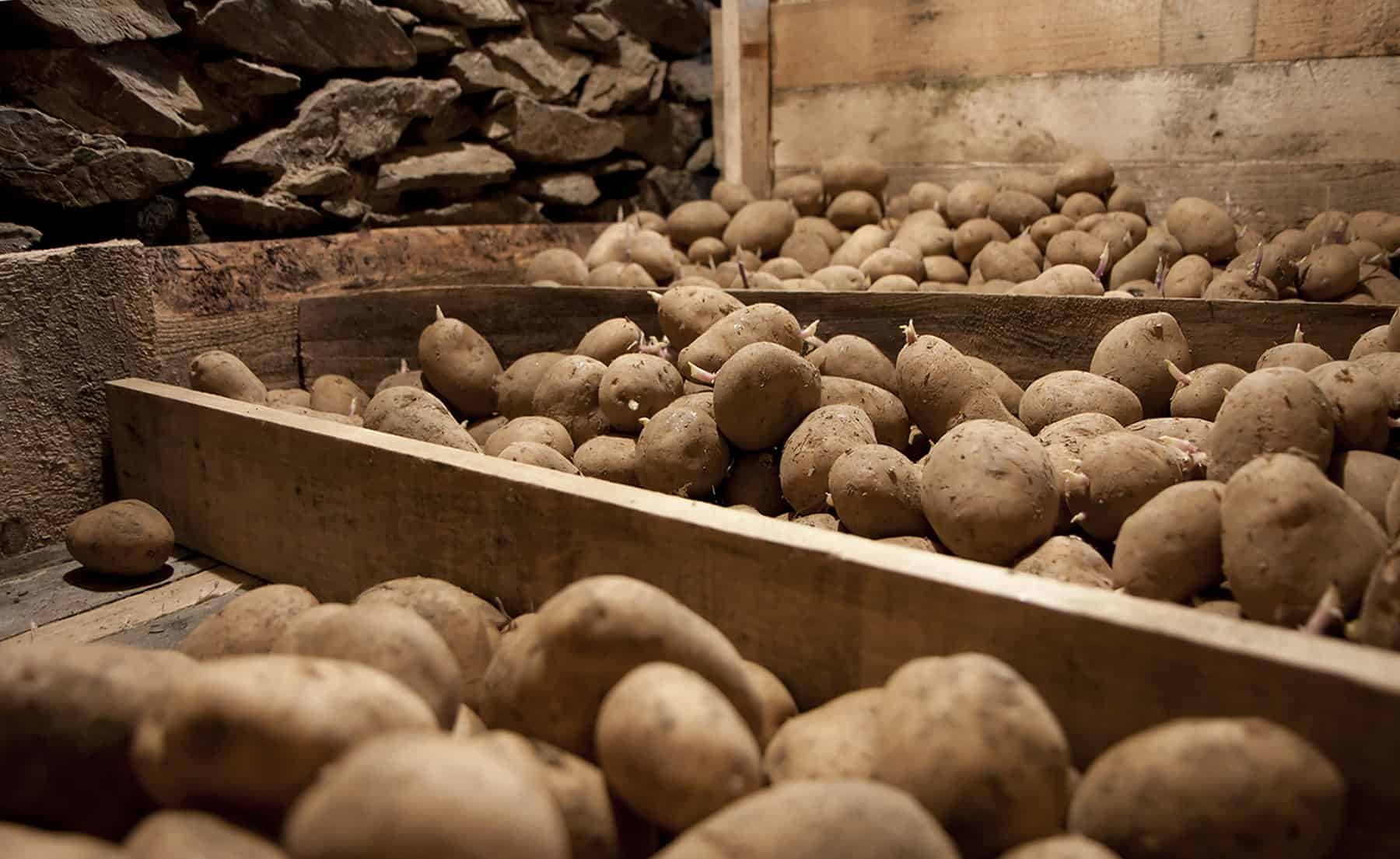Home>Types of Gardening>Ornamental Gardening>How To Store Bulbs


Ornamental Gardening
How To Store Bulbs
Published: January 19, 2024
Learn the best practices for storing bulbs to ensure a successful ornamental gardening season. Discover tips for preserving bulb quality and vitality.
(Many of the links in this article redirect to a specific reviewed product. Your purchase of these products through affiliate links helps to generate commission for Chicagolandgardening.com, at no extra cost. Learn more)
Table of Contents
Introduction
Introduction
When the vibrant blooms of spring and summer begin to fade, many gardeners turn their attention to the next season's floral displays. For those who cultivate a stunning array of flowers, bulbs are a beloved and essential component of their garden. Whether it's the striking allure of tulips, the delicate charm of daffodils, or the exotic beauty of gladioli, bulbs hold the promise of breathtaking blossoms in the seasons to come.
As the gardening season transitions, knowing how to properly store bulbs becomes crucial for preserving their vitality and ensuring a spectacular display in the following year. By understanding the intricacies of selecting, preparing, and storing bulbs, gardeners can safeguard their investment and set the stage for a magnificent floral showcase in the future.
In this comprehensive guide, we will delve into the art of bulb storage, offering insights into the selection of the right bulbs, the essential steps for preparing them for storage, and the best practices for storing bulbs to maintain their vigor. Additionally, we will explore the importance of periodically checking on stored bulbs to ensure their well-being. By the end of this article, you will be equipped with the knowledge and confidence to expertly store bulbs, nurturing them through their dormancy so they can burst forth with renewed splendor when the time is right. Let's embark on this enlightening journey into the world of bulb storage and preservation.
Choosing the Right Bulbs
Before delving into the intricacies of bulb storage, it is paramount to start with the selection of high-quality bulbs. The first step in this process is to procure bulbs from reputable suppliers or nurseries renowned for their exceptional quality and variety. Opting for bulbs that are plump, firm, and free from blemishes or mold ensures that they are in optimal condition for storage and future growth.
When selecting bulbs, it is imperative to consider the specific requirements of the plants they will yield. Different bulbs thrive in varied environments, so it is essential to choose bulbs that are well-suited to the local climate and soil conditions. Additionally, understanding the ideal planting depth and spacing for each type of bulb is crucial for achieving a stunning floral display in the following seasons.
Furthermore, gardeners should carefully assess the bloom time and duration of different bulb varieties to curate a diverse and enduring floral exhibition. By selecting a mix of early, mid, and late-blooming bulbs, gardeners can orchestrate a symphony of colors and fragrances that unfolds harmoniously throughout the seasons.
Lastly, it is advisable to explore an assortment of bulb species to introduce a captivating diversity of shapes, sizes, and hues into the garden. From the enchanting allure of lilies to the whimsical charm of crocuses, a thoughtfully curated selection of bulbs can elevate the visual appeal of any garden, infusing it with character and allure.
By meticulously choosing the right bulbs and considering their individual needs and characteristics, gardeners lay a solid foundation for a thriving and resplendent floral landscape. With this crucial step accomplished, the journey toward expert bulb storage and the promise of future botanical splendor can begin.
Preparing Bulbs for Storage
Before embarking on the storage of bulbs, it is essential to prepare them meticulously to ensure their viability and vitality during their dormancy. The first step in this process involves carefully inspecting the bulbs to identify any signs of damage, disease, or rot. Bulbs showing any such indications should be discarded to prevent the spread of ailments and to safeguard the health of the remaining collection.
Once the bulbs have been inspected, they should be gently cleaned to remove any soil or debris adhering to their surfaces. This can be achieved by delicately brushing the bulbs or lightly rinsing them with water, taking care not to damage their delicate outer layers. After cleaning, the bulbs should be left to air-dry thoroughly in a well-ventilated area to prevent the onset of mold or mildew during storage.
Following the drying process, it is advisable to dust the bulbs with a fungicidal powder to protect them from fungal infections during their period of dormancy. This precautionary measure can significantly enhance the bulbs’ resilience and safeguard them from potential threats that could compromise their health and vigor.
Subsequently, the bulbs should be carefully sorted according to their species and varieties, ensuring that they are organized for easy access and planting in the following season. It is beneficial to label the bulbs clearly, noting their respective names and planting requirements, to facilitate a seamless and efficient process when it is time to reintroduce them to the garden.
As a final step in preparing bulbs for storage, it is recommended to inspect them once more to verify that they are in optimal condition and free from any signs of deterioration. By meticulously attending to these preparatory measures, gardeners can set the stage for successful bulb storage, nurturing the promise of a resplendent floral spectacle in the seasons to come.
Storing Bulbs
Once the bulbs have been meticulously prepared for storage, it is imperative to select an appropriate storage location that provides the ideal conditions for maintaining their vitality during dormancy. The chosen storage area should be cool, dark, and well-ventilated, safeguarding the bulbs from excessive moisture and temperature fluctuations that could compromise their health.
For optimal storage, it is advisable to utilize containers such as mesh bags, wooden crates, or cardboard boxes that allow for adequate air circulation. These containers should be filled with a suitable storage medium, such as peat moss, vermiculite, or perlite, to provide a stable and moisture-retentive environment for the bulbs. Care should be taken to ensure that the bulbs are not overcrowded within the storage containers, as this could impede air circulation and lead to the development of mold or rot.
When placing the bulbs in the storage containers, it is essential to arrange them in a single layer, avoiding any overlapping or contact between the bulbs. This arrangement helps prevent damage and allows for uniform air circulation around each bulb, fostering an environment conducive to their dormancy.
Furthermore, it is crucial to monitor the storage area regularly to ensure that the conditions remain optimal. Periodic checks can help identify and address any issues such as excessive moisture, pest infestations, or signs of decay, preserving the bulbs’ well-being throughout their period of dormancy.
It is important to note that certain bulb varieties may have specific storage requirements based on their individual characteristics. For instance, some bulbs may benefit from being stored in a refrigerator to simulate the cool temperatures they require for dormancy. Understanding the unique needs of different bulb species is essential for providing tailored storage conditions that support their long-term health.
By adhering to these best practices for storing bulbs, gardeners can safeguard their precious botanical treasures, nurturing them through their period of dormancy and setting the stage for a magnificent resurgence in the seasons to come. With the bulbs safely nestled in their designated storage space, the anticipation of their eventual awakening and the ensuing floral splendor becomes an integral part of the gardening journey.
Checking on Stored Bulbs
While bulbs are in storage, it is essential to periodically inspect them to ensure that they remain in optimal condition and to address any emerging issues promptly. Regular checks on the stored bulbs enable gardeners to intervene if necessary, preserving the bulbs’ vitality and preparing them for a successful transition back into the garden when the time is right.
During these inspections, it is crucial to assess the storage containers and the surrounding environment for any signs of excess moisture, mold, or pest activity. If any such issues are detected, immediate corrective measures should be taken to mitigate the risk of damage to the bulbs. This proactive approach helps maintain a conducive storage environment, safeguarding the bulbs from potential threats.
Furthermore, it is advisable to monitor the bulbs for any indications of sprouting or premature growth. Bulbs that show early signs of growth during storage may benefit from being transitioned to a cooler, darker environment to prevent further development until the appropriate planting time arrives. By promptly addressing any premature growth, gardeners can preserve the bulbs’ energy reserves and optimize their potential for robust flowering in the future.
Additionally, periodic inspections provide an opportunity to assess the condition of the storage medium and, if necessary, replenish it to maintain the desired moisture levels and stability. Ensuring that the storage medium remains conducive to the bulbs’ dormancy is essential for safeguarding their health and vitality throughout the storage period.
As the anticipated planting time approaches, it is crucial to intensify the monitoring of the stored bulbs, preparing them for their transition back into the garden. This phase involves acclimating the bulbs to the ambient temperature and gradually reintroducing them to light to stimulate their emergence from dormancy. By carefully orchestrating this transition, gardeners can optimize the bulbs’ readiness for planting, setting the stage for a flourishing display of blooms in the forthcoming season.
By conscientiously checking on the stored bulbs and attending to their evolving needs, gardeners can nurture these botanical treasures through their period of dormancy, ensuring that they emerge revitalized and poised for a spectacular resurgence in the garden. This attentive stewardship of the stored bulbs paves the way for a seamless transition from dormancy to vibrancy, embodying the essence of the gardening journey.
Conclusion
As the gardening season draws to a close, the art of bulb storage emerges as a pivotal practice for preserving the promise of future floral splendor. By carefully selecting high-quality bulbs and meticulously preparing them for storage, gardeners lay the groundwork for nurturing these botanical treasures through their period of dormancy. The thoughtful curation of bulbs, tailored to the local climate and soil conditions, sets the stage for a diverse and enduring floral exhibition that unfolds harmoniously throughout the seasons.
With the bulbs meticulously prepared, the choice of an optimal storage location and the use of suitable containers and storage mediums become paramount. By providing a cool, dark, and well-ventilated environment, gardeners safeguard the bulbs from moisture and temperature fluctuations, ensuring their vitality during dormancy. Regular checks on the stored bulbs, coupled with proactive measures to address emerging issues, contribute to the preservation of their health and vigor, preparing them for a triumphant return to the garden.
The attentive stewardship of stored bulbs, from their meticulous preparation to their vigilant monitoring, embodies the essence of the gardening journey—a harmonious interplay of nurturing, anticipation, and eventual resurgence. As the stored bulbs await their time to reawaken and grace the garden with their vibrant blooms, they symbolize the enduring cycle of nature and the timeless allure of botanical artistry.
In the realm of ornamental gardening, the practice of bulb storage transcends mere preservation; it encapsulates the essence of hope and renewal, weaving the anticipation of future beauty into the fabric of the present. Through the art of expert bulb storage, gardeners embark on a captivating journey—one that celebrates the resilience of nature, the artistry of horticulture, and the unwavering optimism that blooms anew with each season.
As we bid adieu to the fleeting hues of the current season, the stored bulbs stand as silent sentinels of the promise that lies dormant, poised to burst forth with renewed splendor when the time is right. In their patient repose, they embody the timeless allure of nature’s artistry and the enduring legacy of the gardener’s tender care.
